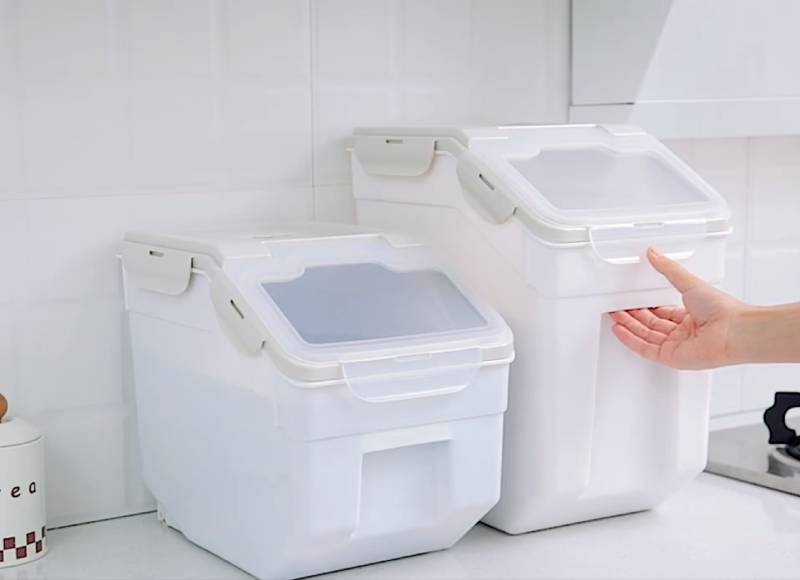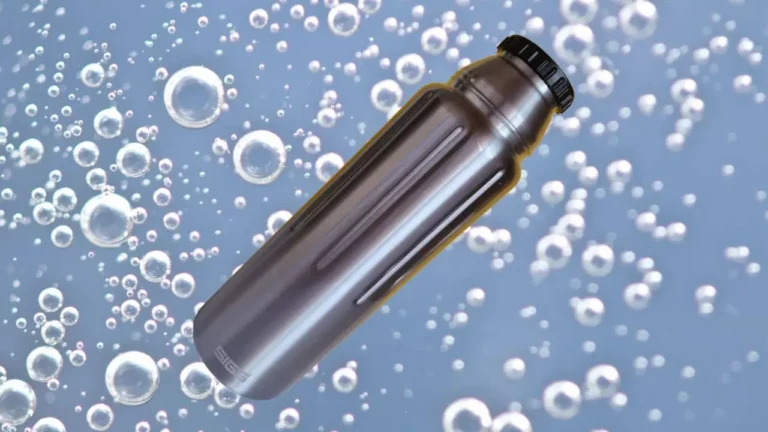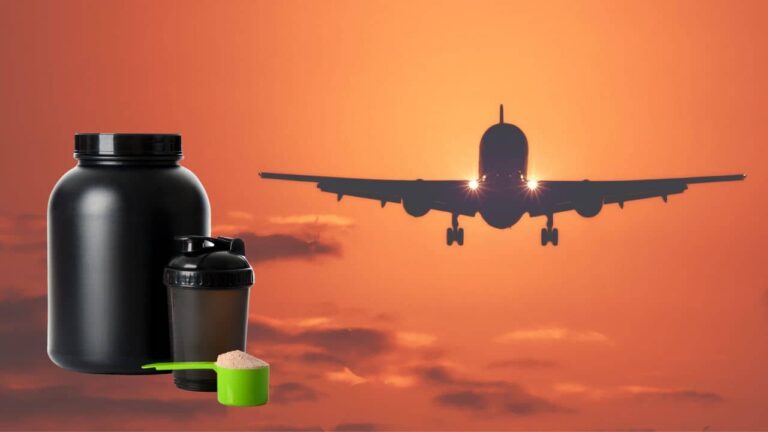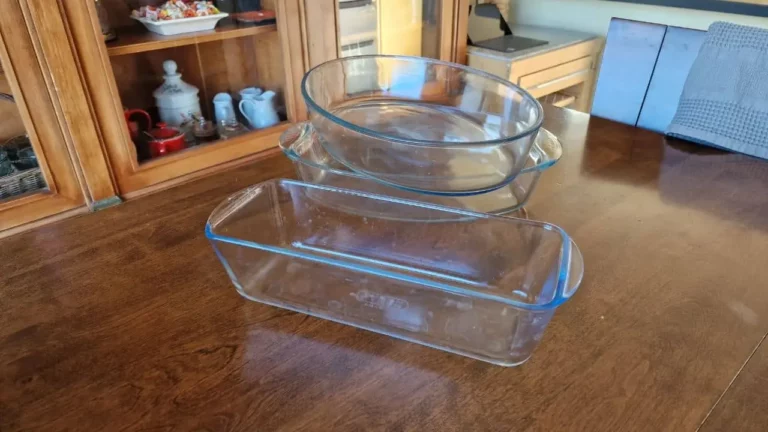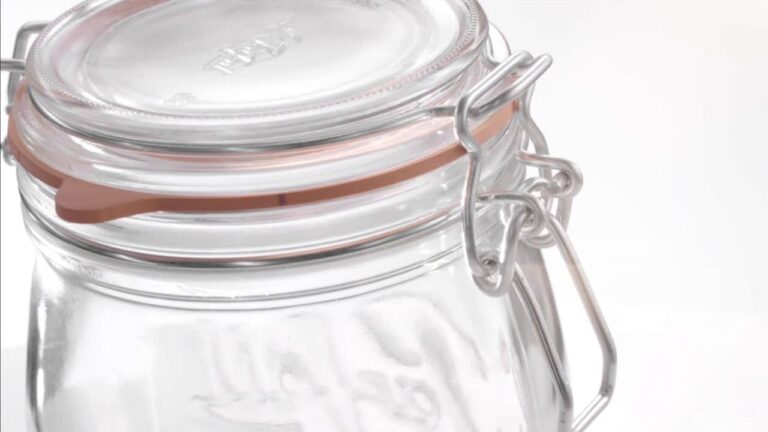Is It Bad To Put Dog Food In A Plastic Container? [Explained]
Do you have a habit of buying dog food in bulk? Kudos for saving money in the long run! But, how do you store all that food? If you’re like 79.5% of pet owners who use plastic bins, better brace for some bitter facts.
Is it bad to put dog food in a plastic container? What do you need to keep in mind?
Yes and no. Plastic is a bad choice if you don’t wash the dog food container regularly, but a good option if you’re retaining the original packaging. As plastic is porous, oils in it easily become rancid with prolonged storage. Ideally, you should get an airtight plastic container that can fit dog food with its packaging inside the bin.
Today I’ll simplify the facts and science around plastic storage for dog food so that you can pick the perfect solution. You’ll also find a list of my ten personal tips for avoiding the mistakes I made!
Let’s jump in!
Is plastic safe for putting dog food?
Yes, plastic can be safe for storing dog food. But it depends on things like the type of dog food, how long you store it, and the way you place it in the bin.
That said, it’s best to use containers made from Polypropylene (PP-type 5) or Polystyrene (PS-type 6) plastic as they’re safer.
While there are different dog foods like dry kibbles, semi-moist canned food, raw meat, etcetera, not everything can go in a plastic bin. Why? Mainly because plastic isn’t a bad choice for storing dry and semi-moist pet food for a short time.
Most dog food is mostly made up of cereals, grains, eggs, proteins, vitamins, meats, and meat by-products. Ergo, it reacts with the material in plastic easily.
On the contrary, most dog food companies use premium packaging with layers of preservatives that prevent spoilage. So, it’s ideal to hold the dog food inside the plastic container with the bag it originally came in.
By doing so, the food doesn’t come into direct contact with plastic or oxygen as much as it would otherwise. As a result, you won’t have to fret about spoilage anymore too!
How long does dog food last in a plastic container?
Dog food can last between six weeks and six months in plastic bins if you store it the right way. For those of you using plastic for your canine’s bowl, food stays fresh for up to four hours in moderately cold climates.
As a rule, refer to the “use by” dates on the food packaging to confirm the expiry of the food. Typically, this is 12 to 18 months for dry foods and two years for canned food. Be that as it may, this strictly applies to unopened packs.
Nonetheless, when it comes to open cans, refrigeration is the only way to keep them safe. On the other hand, opened dry food can stay intact for about six weeks. To store it for up to six months, make sure to freeze it after vacuum-sealing it.
Do you need an airtight container for dog food?
Yes. According to Dr. Nelson (associate veterinarian at the Belle Haven Animal Medical Centre in Alexandria, Virginia), “Dry dog food is extruded, and then sprayed with oils that start to break down and go rancid once the food is exposed to air. So, kibble needs to be kept in an airtight container”.
👉 Here’s a good airtight container for dog food.
If you ask me, moist canine food and raw meat remain fresh in the fridge. But that works only when you store it in vessels with airtight lids. Even the FDA recommends sealing dog food in airtight boxes after opening to prevent exposure to moisture and air.
What’s more, airtight plastic boxes also seal the smell so that your fridge/pantry doesn’t reek of dog food.
How to store dry dog food for long-term use in plastic containers? Ten tips I SWEAR by

Storing canine food in plastic boxes follows the same process as human food because both are made of quite the same quality.
I’ve discovered the following tips useful for storing dry dog food in plastic vessels over long spans of time:
- Always seal the food immediately after feeding to prevent exposure to mites, bacteria, water, air, or mold.
- Wash the plastic bowl after each feeding to prevent your dog from getting sick.
- Make sure to wash the vessel between refills to remove trapped fats and oil sediment in the bottom and sides of the box.
- Never mix two different batches of dog food, especially if one is old and the other is new.
- If you notice any foul or rancid smell from the stored food, discard all of it. Typically, spoiled canine food smells like chemicals or paint.
- In case your dog refuses to consume the food, there might be a higher chance it’s already spoiled. This is because canines have a better sense of smell than us!
- Store the container in a dark and cool place away from direct light to prevent infestations.
- You should also ensure dog food is stored in a space without extreme temperature fluctuation.
- Select plastic bins large enough to accommodate the dog food with its original plastic packaging to keep the freshness intact.
- Use small-sized plastic containers to control any wastes or damages when discarding the original packaging. Besides, this is really convenient for dog owners everywhere!
Start storing dog food in plastic containers the right way
Fresh and unspoiled food is mandatory for all living things. And, dog food isn’t that different from our own food. That’s also why it’s safe to store it in plastic containers for a short period of time.
Just as milk often goes bad when you transfer it to a new container, canine food can become rancid when emptied into plastic boxes.
This is also why I hate plastic dispensers. However, they’re a practical choice when you’re away from home, especially when your dog must be fed on time!
On top of it, the food will damage faster if you live in a hot and humid climate. If you’re worried your fur baby ate spoiled food, take them to a vet immediately. Don’t forget to take a portion of the food they ate so the clinic can examine if it’s the cause too!
Sources
- Researchgate.net: A Survey among Dog and Cat Owners on Pet Food Storage and Preservation in the Households.
- Be.chewy.com: Best Practices for Proper Dog Food Storage.
- Healthyhomemadedogtreats.com: How to Store Dry Dog Food Long Term.

